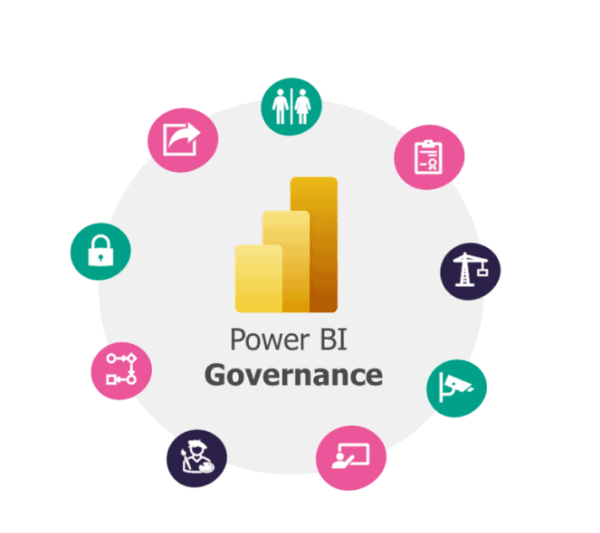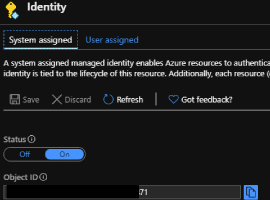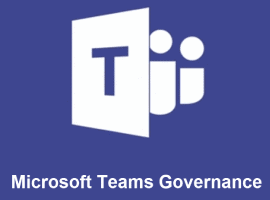During his keynote presentation at SPTechCon in February 2012, Jared Spataro, Director of SharePoint at Microsoft, announced that SharePoint 2013 was being developed using a “Cloud First” strategy. He went on to explain that as the platform reached parity with current installations, Office 365 customers could expect to have access to the benefits of new features sooner than on-premises deployments. This was a major shift for Microsoft, and for the SharePoint platform. At the Microsoft Worldwide Partner Conference (WPC) in Toronto in July 2012, Kurt DelBene, President of the Microsoft Office Division, announced that Office 365 is growing faster than predicted, and is likely to eclipse SharePoint as the fastest growing Microsoft offer ever.
Changes are happening to SharePoint, not just to the features within the platform, but in how it is developed and delivered to customers and partners. The “Cloud First” strategy will speed up the delivery of new features. Future products and services will be built for the cloud rather than behind the firewall, supporting some of the key cloud business drivers:
- Provide data anytime, anywhere.
- Pick your own tools.
- Bring your own device.
- Provide a social layer.
- Design it for the Information Worker.
From enterprises to service providers, companies are trying to figure out their path forward in the cloud. While some firms will make the rapid jump from on-prem to the cloud, a majority of companies have made large investments in their on-prem environments. In the SharePoint space, these investments include extensive customizations and line of business application integrations, or restrictions due to compliance or data sovereignty issues — work streams that may not easily move to the cloud. As a result, many analysts predict a move to a hybrid cloud model where organizations manage both on-prem and cloud-based work streams.
In his whitepaper entitled Governance and Administration for Hybrid Deployments, SharePoint Certified Master (MCM) Chris Beckett identified this evolution of software and collaboration, and the need for more planning around how :
” Many organizations are experiencing a “Governance Crisis” – how to manage their users and rapidly growing data across many different platforms. Cloud computing provides an opportunity to move commodity infrastructure and services to cloud-based services managed by some of the world’s leading technology companies, reducing risk and optimizing resource utilization. As infrastructure and services increasingly are distributed across public, managed and private cloud environments, the need for sophisticated tools to support Governance and Administration will be essential.”
Many organizations have begun to look toward the SharePoint expert community for “best practices” in hybrid governance planning, but unfortunately, it is still a relatively new paradigm, and data is limited. However, most experts would agree that organizations need to take a strategic view of their hybrid SharePoint deployments, seeking to first understand their business requirements (what do I need to manage and maintain my environment?) and then to plan out their strategies accordingly. There is some excellent guidance from the SharePoint community around approaching governance holistically, from experts such as Paul Culmsee (@paulculmsee), Michal Pisarek (@michalpisarek), and Andrew Woodward (@andrewwoody). In fact, I often point people to Andrew’s company 21apps for guidance around the Pillars of SharePoint Governance that his company has developed, which breaks down governance planning into 5 parts:
Technology Assurance
Delivering assurance that the technology platform supports the needs of the project requirements, both in the short-term and in the long-term. It is one thing to have a “performant” platform that works well today, and another to design a solution that will meet your needs as the business grows and adapts to a changing business climate.
Project Governance
Utilizing your established IT project methodology, ensuring that everyone involved has a shared understanding of what needs to be done, and how the task or solution will be delivered. Having a SharePoint Center of Excellence is a great way to stay on top of project governance.
Understanding of what is created, facilitated and managed within SharePoint. Information governance ensures that any content that is created and stored within SharePoint has defined value, and how it fits into SharePoint is understood.
Business Technology Alignment
If it does not have a measurable benefit to the organization, simply put – you should not be doing it. Business and technology should be aligned, with a shared vision of what is to be delivered.
Continuous Improvement
This should facilitate ongoing efforts to implement feedback and manage change to the platform. Governance, like SharePoint itself, is not a static activity, but must change as the organizational needs change.
While there are many considerations as you begin planning for a SharePoint, there are some key considerations for a hybrid SharePoint environment. Specifically, think about how you will answer each of the following questions:
- How will we manage permissions across both SharePoint on-premises and SharePoint online (Office365) content, and to make mass updates across both environments?
- How will we provide visibility into your Information Architecture and the Managed Metadata in SharePoint across all farms, or granularly within individual children (sites)?
- Will we be able to track storage usage across all site collections, with reporting that provides visibility into the content databases of environments to ensure capacity doesn’t reach its limits?
- What will be our auditing and compliance monitoring capability? Can we generate detailed reports and dashboards that examine everything from document and user activity, .aspx hits, and native SharePoint audit log activity to see what is being accessed and by whom?
- Will our system generate reports across the entire environment, as well as granular, customized trend analysis reports to view activity, storage, and site count for each individual site, comparing differences between sites?
- Will we have the ability to set management policies and procedures that span the various systems, allowing individual teams to organize and automate complex preventive and responsive actions, as well as on a global scale?
In a hybrid SharePoint environment, there are many moving parts — and from a management and administrative standpoint, still many unknowns. The key to making progress in your planning efforts is to make governance a priority. Don’t box yourself into a corner by overly relying on what data and capability is offered out-of-the-box or by any single third-party vendor — instead, look at your systems holistically (a business view), regardless of where your servers reside, whether on-prem or in the cloud. As with your current on-prem deployment, clarify and document your permissions, information architecture, templates, content types, taxonomy — and ownership of each.
Take these requirements and define what policies, procedures, and metrics are needed to manage your environment going forward. Finally, with information in hand, look at what is possible across your cloud and on-prem instances, and build out a governance strategy that allows you to reach your business goals.
This blog was posted by Christian Buckley. Check out our resource centre for more SharePoint content from Christian and other SharePoint specialists!











